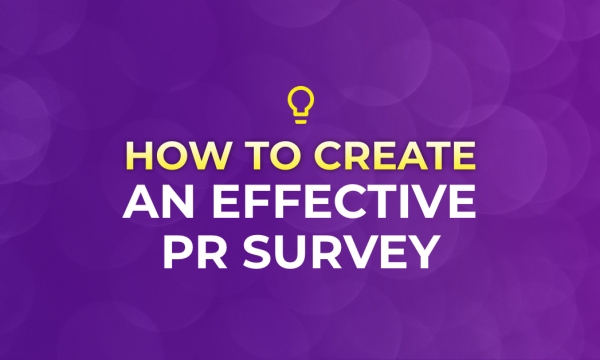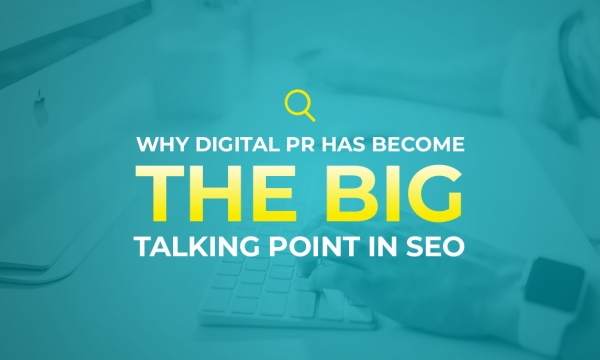
Let’s face it; if you’re not using data as part of your overall PR campaign, you’re missing out on a rich resource for potential media coverage. The beauty of tapping into this vein of marketing is that it’s scalable to your budget and resource. It can also be a highly effective strategy – strong data is the core of a story that the media will lap up. As with anything, what you put into it will affect what you get out of it, but you can find data at minimum cost to your business if you know where to look.
Anyone can pull out some numbers and fling them out to the press without much thought. Journalists are buried under heaps of press releases containing all sorts of stats – much of which will be unusable. Like with any branch of marketing, being smart about planning and execution pays dividends, which is why we’ve put this short guide together to explain some of the key areas to think about when it comes to your data strategy.
Discover your data sources

Finding your story’s data source is one of the most important aspects when getting started with stat-based campaigns. The data source (or multiple sources) you use will be dependent on a number of factors, including the type of story you want to tell and the budget you’re working with. Inexpensive and unique numbers can come from your own internal data, although you will be at the mercy of how strong your data collection is and sometimes how restricted you are in using customer data. If this isn’t possible to use, looking at third-party data is your next option. This is either going to come from free-to-use data that’s already out there on the web, such as government stats, or from a marketing research company. The latter is going to be more costly, but is less likely to be duplicated in the media. Ideally, you want to be using data that is unique to your brand to stand the best chance for coverage.
Refine your story

Now that you have one or more options from where you can feasibly find your data, you need to work on refining your angle. It’s likely that when you’re brainstorming stories, relevant data sources for each approach will become apparent. But it’s important to ask yourself exactly what you need to pull from the data to make this story as robust as possible. If it makes it easier, compile a list of exactly what kind of data you will need and how it relates back to your main headline. If you’re finding an aspect difficult to bring back to the headline then it either needs tweaking or binning.
Get smart about analysis

Analysing data for PR purposes is as much an art as it is a science. While you don’t have to be a statistician (although admittedly that would be a bonus), you do need to be shrewd with your data. It’s unlikely that you will have your entire story handed to you on a platter – it’s much more likely that there will be reams of stats to dig through to support your angle. If you have previously refined your story then life will be a lot easier for you, but that doesn’t mean that you’re in for a cakewalk.
Always make reference back to your original strategy when reviewing the data. Often if you’re mining a massive dataset, it’s easy to get distracted and dive down a rabbit hole, unearthing all sorts of potential stories – but keep focused. If you load your story with every stat you find then it’s going to be a bloated mess and no use to anyone.
Write everything down

As simple as it sounds, getting everything down on paper is important. It’s often useful to bullet point each of your stats as sentences and rank from the most to the least interesting. This will help you cull any stats that might be superfluous to the story.
If you’re splicing data sets or extrapolating the data you have, it’s essential that you get your working down on paper – you will almost certainly need to refer to it again later on. Think of it as a school maths exam: make sure you show your working-out.
Think about your wider game plan

It’s usually not enough to simply write a press release around your data; you need to think about how you can elaborate on the story. Can you provide case studies to back up your figures? Could you create a graphic to visually break down the data into a shareable asset? Do you want to hold back some data to present in a more in-depth article on your website?
The better the quality of information you can provide for the media, the more likely the story is to be picked up. If there is any specific data that would work well for certain publication verticals then consider holding those figures back as exclusives – journalists love receiving unique data that’s just for them.
Sticking to these five simple steps will give you the edge when it comes to creating an effective data-led PR strategy.



